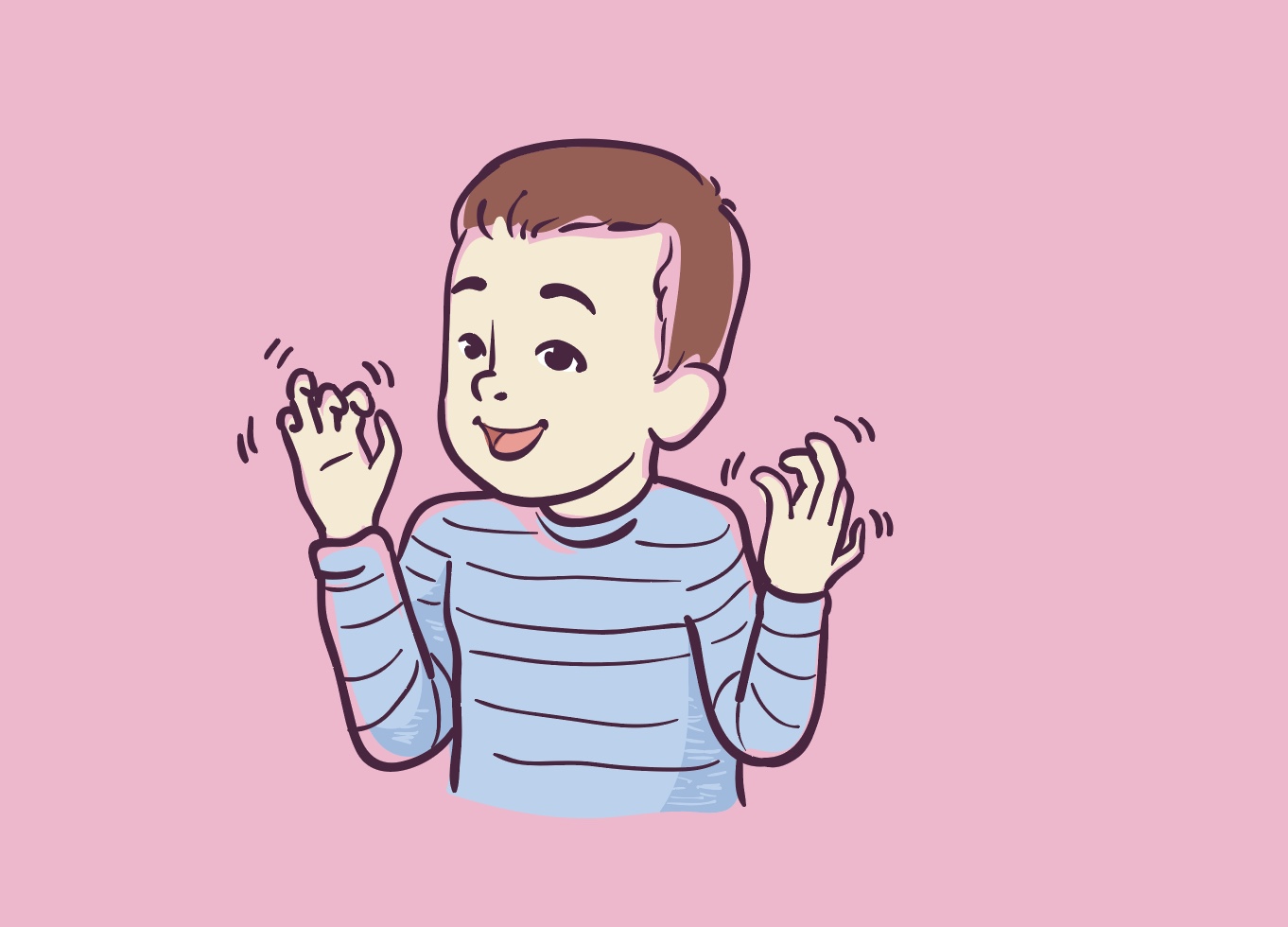By: Christine Hemelians, MS, OTR/L
Stimming can be used to describe repetitive movements and actions to stimulate the senses. These movements can occur due to a result of too much or not enough stimulation in the environment. A child might use stimming to help regulate their emotions or to cope in an overstimulated environment. Stimming is usually associated with individuals on the spectrum or with sensory processing disorder; however, everyone stims at some point in their lives. Some common examples include: tapping your foot, biting your nails, tapping pencil on table, etc.
Different types of stimming:
Visual
Visual stims can be attributed to repetitive actions involving the eyes. Some examples include: staring at moving objects (ceiling fans, wheels on toy cars, screensavers), staring at objects for a long time, repeated blinking, and turning lights off and on.
Auditory & Verbal
This involves a person either listening to the same sounds or making the same noises repeatedly. Some examples include: tapping, clapping, playing the same song over and over. Vocal stimming includes: humming, singing, repeating words or phrases, and making animal sounds.
Tactile
Tactile stimming involves the use of touch, such as: rubbing hands together or touching different surfaces, squeezing, and leaning.
Oral & Olfactory
Oral stimming relates to the sense of taste and the mouth and olfactory stimming is about the sense of smell. These two senses are linked closely. Some examples include: Biting, chewing, licking, sniffing, or grinding teeth.
Vestibular & Proprioceptive
Vestibular stimming refers to repetitive actions that involve balance. Some actions include: spinning around, hanging upside down, pacing, rocking, and rolling.
Proprioceptive stimming is associated with understanding when the body is in space. These actions include: throwing objects, jumping and stomping.
It’s important to understand that stimming can allow children to manage their emotions (e.g., anxiety, anger, fear, and excitement), as well as affect your child’s attention to the outside world, which in turn can affect your child’s ability to learn and communicate with others. Therefore, as long as the stimming behavior are not injurious, whether to themselves or others, it’s appropriate to allow the child to participate in said behaviors in order to regulate their emotions. However, occupational therapists can provide recommendations that are individualized in order to reduce these behaviors by creating customized sensory diets for children to receive the appropriate input their body needs and to develop their skills to be able to deal with an overstimulating or under stimulating environment.




